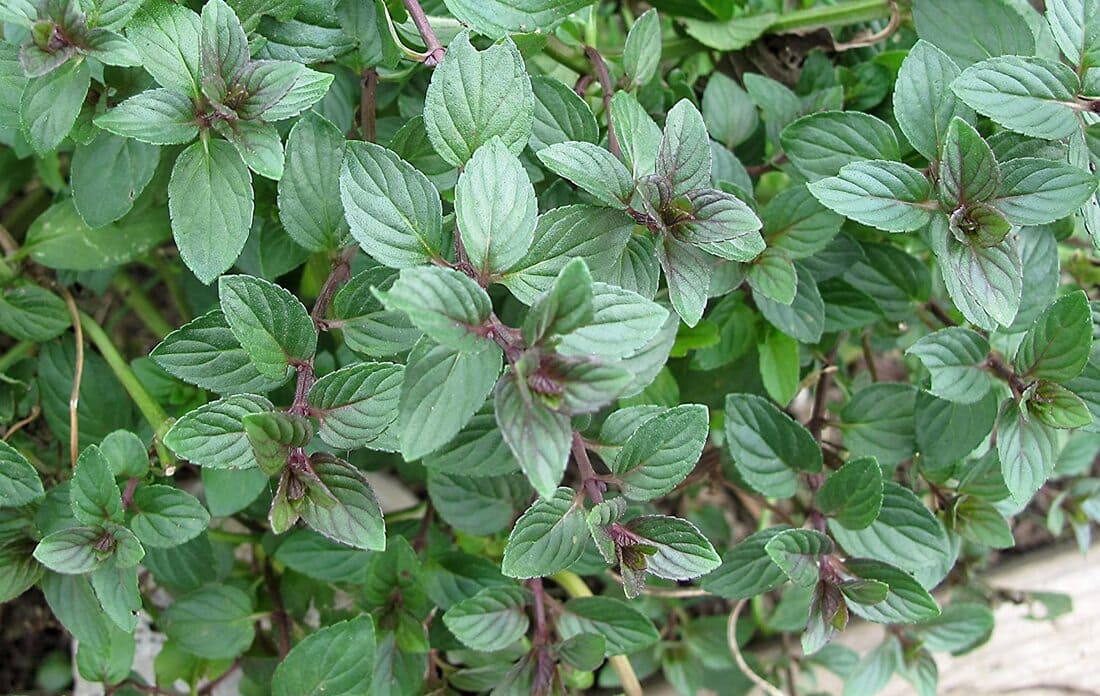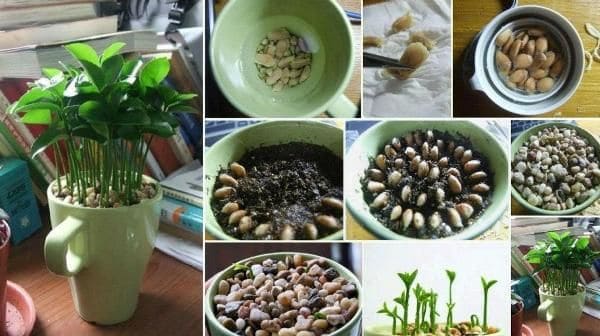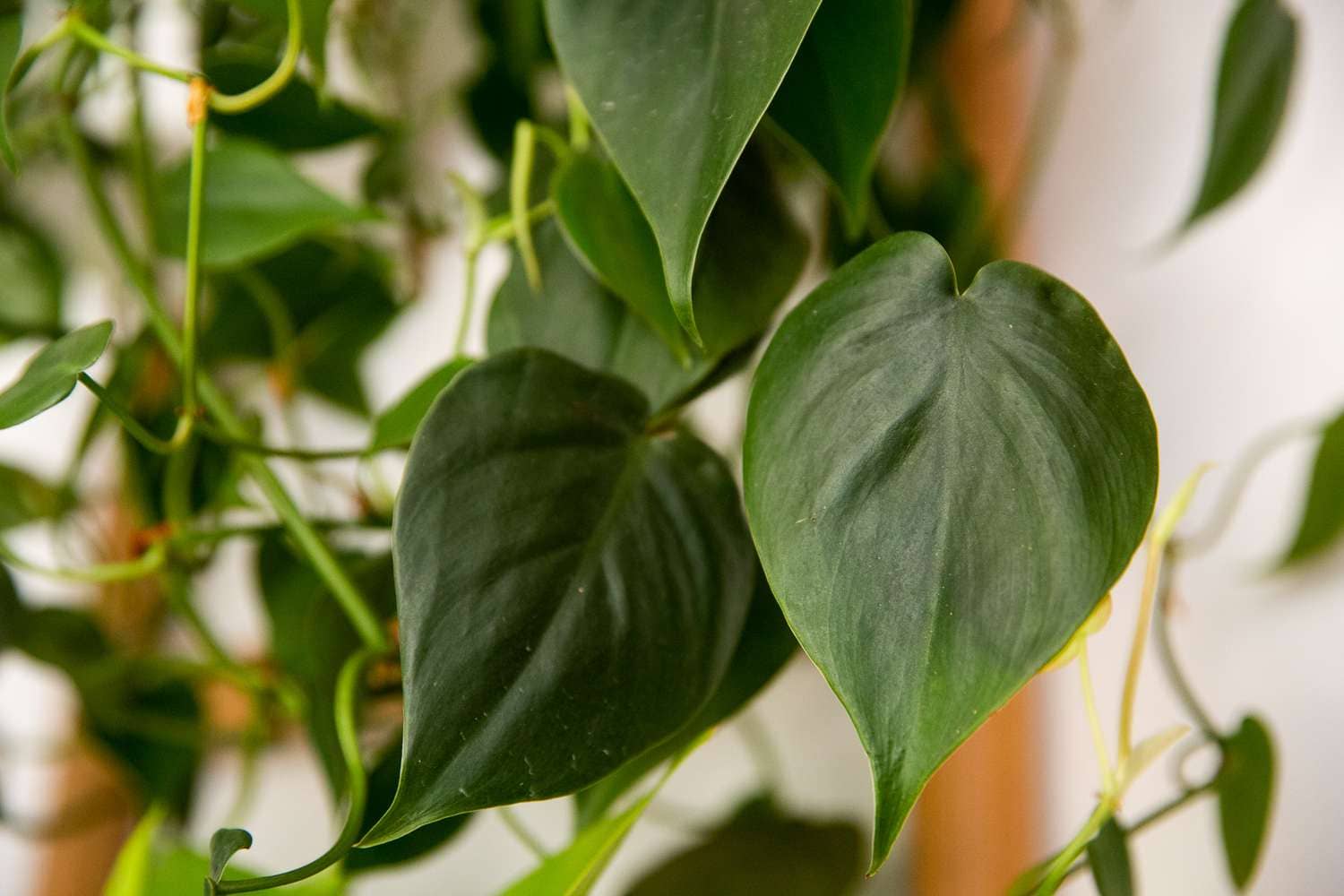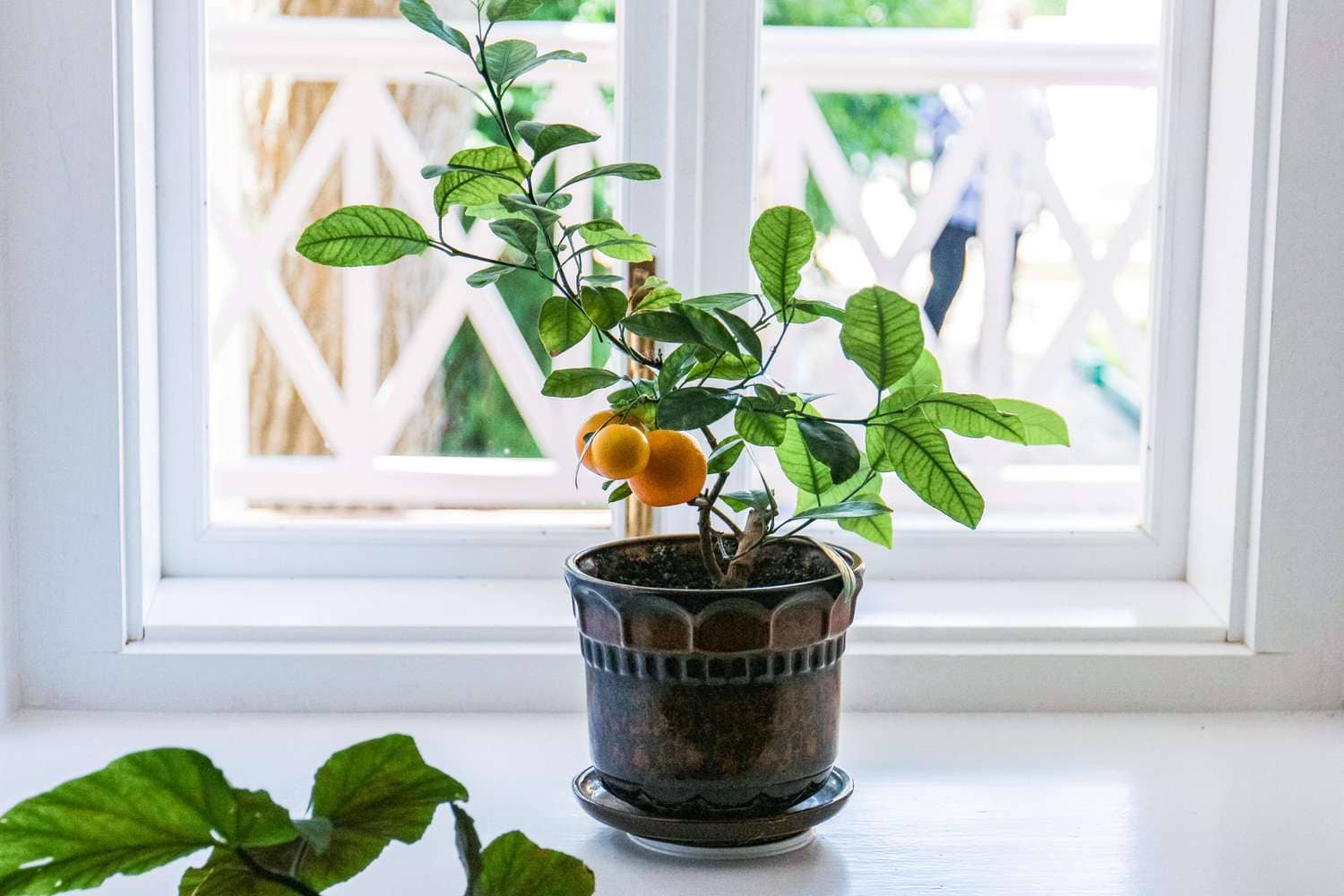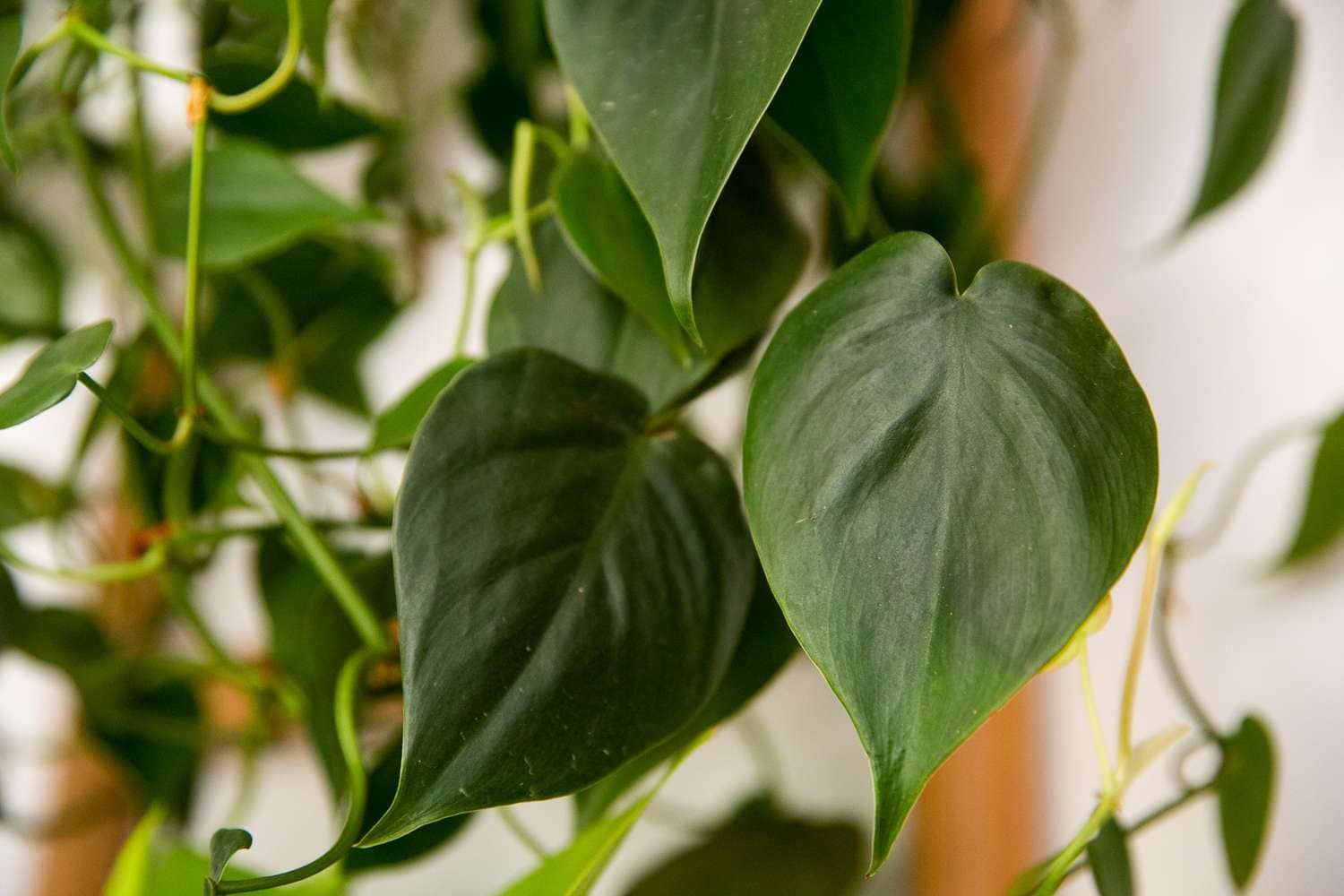Introduction: Chocolate mint, with its enticing aroma and delectable flavor, is a delightful cultivar of the mint family that offers a unique twist to traditional mint varieties. Known for its rich chocolatey scent and refreshing taste, this aromatic herb is a favorite among gardeners and culinary enthusiasts alike. In this comprehensive guide, we’ll explore the characteristics of chocolate mint plants, optimal growing conditions, propagation methods, and practical tips for incorporating this flavorful herb into your garden and kitchen.
Exploring Chocolate Mint Plants: Chocolate mint (Mentha × piperita ‘Chocolate’) is a cultivar of peppermint (Mentha × piperita) distinguished by its distinctive chocolate-like fragrance and flavor. This herbaceous perennial features serrated leaves with dark green. To purple hues and emits a strong scent reminiscent of cocoa or chocolate when crushed or bruised. Chocolate mint plants produce clusters of tiny purple flowers in summer, attracting pollinators while adding visual interest to the garden landscape.
Ideal Growing Conditions:
To cultivate robust and flavorful chocolate mint plants, it’s essential to provide optimal growing conditions that mimic their native habitat. Here are key factors to consider:
- Light: Plant chocolate mint in partial to full sun, ensuring it receives at least 4 to 6 hours of direct sunlight daily. However, it can also tolerate partial shade, especially in hotter climates, to prevent leaf scorching.
- Soil: Chocolate mint thrives in well-draining, fertile soil with a slightly acidic to neutral pH level. Amend heavy clay or compacted soil with organic matter like compost to improve drainage and nutrient retention.
- Watering: Keep the soil consistently moist but not waterlogged, as chocolate mint prefers evenly moist conditions. Water deeply whenever the top inch of soil feels dry to the touch, especially during hot, dry periods.
- Temperature: Chocolate mint is hardy in USDA zones 5 to 9 and prefers moderate temperatures ranging from 65°F to 75°F (18°C to 24°C). Protect plants from extreme heat or frost by providing adequate mulching or frost protection as needed.
- Fertilization: Apply a balanced, water-soluble fertilizer every 4 to 6 weeks during the growing season to promote vigorous growth and flavor development. Avoid over-fertilizing, as it may lead to excessive foliage growth at the expense of flavor concentration.
Propagation Methods: Chocolate mint plants can be propagated through several methods, including:
- Division: Divide mature chocolate mint plants in spring or fall by carefully digging up the root ball and separating it into smaller sections, each containing healthy roots and stems. Replant the divisions in prepared soil and water thoroughly.
- Stem Cuttings: Take 4 to 6-inch stem cuttings from healthy chocolate mint plants, ensuring each cutting has several nodes. Remove the lower leaves and plant the cuttings in moist potting soil or a rooting medium. Keep the soil consistently moist and provide indirect light until roots develop.
- Seed Propagation: While less common, chocolate mint can be grown from seeds sown indoors in early spring. Start seeds in seed trays filled with seed-starting mix, keeping the soil moist and providing adequate warmth until seedlings emerge.
Practical Tips for Growing Chocolate Mint:
- Container Gardening: Grow chocolate mint in containers or hanging baskets to contain its spreading growth habit and prevent it from overtaking garden beds. Choose a large, deep container with drainage holes and use well-draining potting mix.
- Regular Harvesting: Harvest chocolate mint leaves regularly to promote bushier growth and enhance flavor concentration. Pinch off individual leaves or stems as needed, starting from the top of the plant and working downwards.
- Companion Planting: Companion planting chocolate mint with vegetables like tomatoes, peppers. And cabbage can help deter pest insects and enhance the flavor of neighboring plants. Avoid planting chocolate mint near other mint varieties to prevent cross-pollination and potential flavor contamination.
In the Kitchen: Chocolate mint adds a delightful twist to various culinary creations, including:
- Beverages: Infuse chocolate mint leaves into hot or iced teas, cocktails, or flavored water for a refreshing and aromatic beverage.
- Desserts: Use chopped chocolate mint leaves to flavor homemade ice creams, sorbets, chocolates, or baked goods such as cookies, cakes, and brownies.
- Savory Dishes: Incorporate finely chopped chocolate mint leaves into savory dishes like salads, marinades, sauces, or grilled meats for a hint of freshness and complexity.
Conclusion:
Chocolate mint plants offer gardeners and culinary enthusiasts an exciting opportunity to explore the unique flavors and aromas of this beloved herb. By providing optimal growing conditions, exploring propagation methods, and incorporating practical tips for cultivation and culinary use. You can enjoy the delightful essence of chocolate mint in your garden and kitchen year-round. Whether used as a fragrant ground cover, a flavorful culinary ingredient, or a refreshing herbal infusion. Chocolate mint adds a touch of culinary creativity and sensory delight to any gardening and culinary experience.

